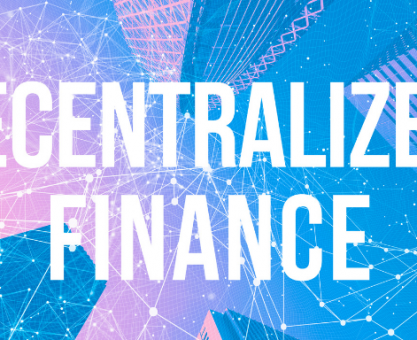Executive Summary
-
Yield farming is a decentralized finance (DeFi) strategy where users earn rewards by providing liquidity to blockchain platforms.
-
In 2025, yield farming presents both lucrative opportunities and significant risks, driven by evolving DeFi protocols.
-
Understanding the mechanics and potential pitfalls of yield farming is crucial for investors navigating the DeFi landscape.
-
Key risks include smart contract vulnerabilities, market volatility, and regulatory uncertainties.
-
Strategic insights and risk management practices can enhance the yield farming experience.
Introduction
In the fast-evolving world of decentralized finance (DeFi), yield farming has emerged as a popular strategy among crypto investors seeking to maximize returns on their digital assets. But what exactly is yield farming, and why does it matter in 2025? As DeFi continues to grow, understanding the intricacies of yield farming is essential for investors, technologists, and financial strategists aiming to harness its potential. This article delves into the opportunities and challenges of yield farming, providing crucial insights for those looking to navigate this dynamic landscape.
Definitions / Context
Yield farming, also known as liquidity mining, involves lending or staking cryptocurrency assets in DeFi platforms to earn additional tokens. It is a method for generating income from idle assets, facilitated by smart contracts. Typically, yield farming occurs on platforms like Uniswap, Aave, and Compound, where liquidity providers (LPs) are rewarded with transaction fees and governance tokens.
Benefits / Pros
-
High Returns: Yield farming can offer substantial returns, sometimes exceeding traditional financial products.
-
Liquidity Incentives: Platforms often reward users with native tokens, which can appreciate in value.
-
Decentralization: Yield farming operates without intermediaries, offering users greater control over their assets.
-
Innovation: Constantly evolving DeFi protocols introduce new opportunities for yield optimization.
Risks / Cons / Challenges
-
Smart Contract Vulnerabilities: Bugs or exploits in smart contracts can lead to significant financial losses.
-
Market Volatility: The value of rewards and underlying assets can fluctuate dramatically.
-
Regulatory Uncertainty: Global regulatory responses to DeFi are still developing, potentially impacting yield farming practices.
-
Complexity: Navigating different platforms and understanding complex mechanisms can be challenging for novices.
How to Start Yield Farming in 2025
-
Select a Platform: Choose a reputable DeFi platform with proven security measures.
-
Research Protocols: Understand the workings and reward structures of your chosen platform.
-
Provide Liquidity: Deposit your crypto assets into a liquidity pool.
-
Earn Rewards: Receive tokens or interest as compensation for your participation.
-
Monitor Positions: Regularly assess your holdings and reallocate as needed to optimize returns.
Consider the case of an anonymous investor who leveraged yield farming on Uniswap in 2024. By providing liquidity to a stablecoin pair, the investor earned returns exceeding 30% APY, highlighting yield farming‘s potential when executed with strategic insight.
— Uniswap Liquidity Provider, 2024
Expert Tips / Strategic Insights
Epiidosis Recommends:
-
Diversify Holdings: Spread investments across multiple platforms to mitigate risk.
-
Stay Informed: Keep abreast of regulatory changes and platform updates.
-
Evaluate Risks: Thoroughly assess smart contract audits and platform security before committing funds.
-
Utilize DeFi Tools: Engage with portfolio trackers and risk management tools to optimize your strategy.
Tools / Resources / Calculators
-
DeFi Pulse: Track the total value locked in DeFi protocols.
-
Zapper.fi: Manage DeFi investments and optimize yield farming strategies.
-
Smart Contract Audits: Review third-party audits to ensure platform security.
Conclusion
Yield farming in 2025 presents a tantalizing blend of opportunities and risks within the DeFi ecosystem. By understanding its mechanics, leveraging expert insights, and employing strategic risk management, investors can potentially reap significant rewards. As the landscape continues to evolve, staying informed and adaptable will be key to maximizing success in yield farming.























